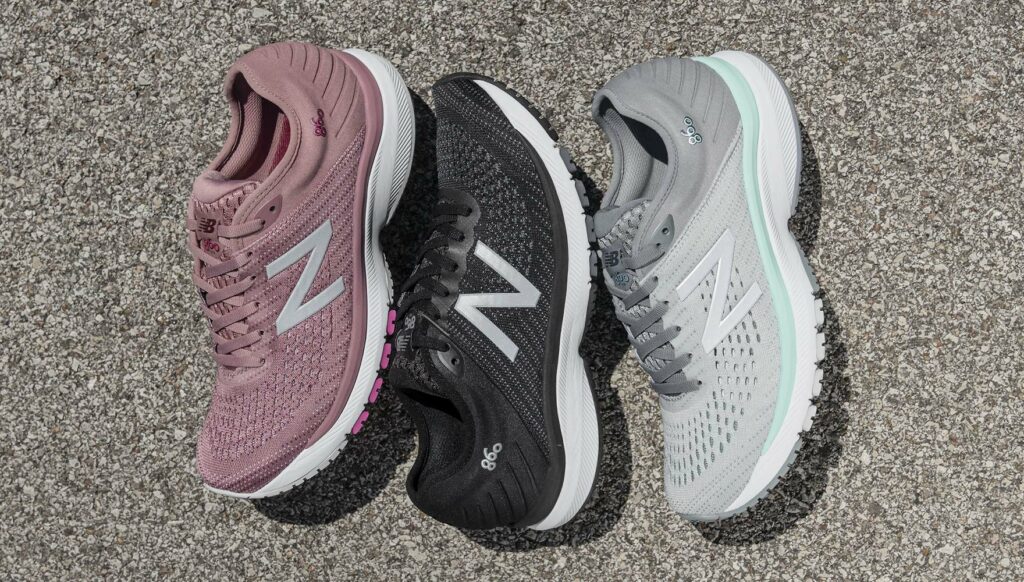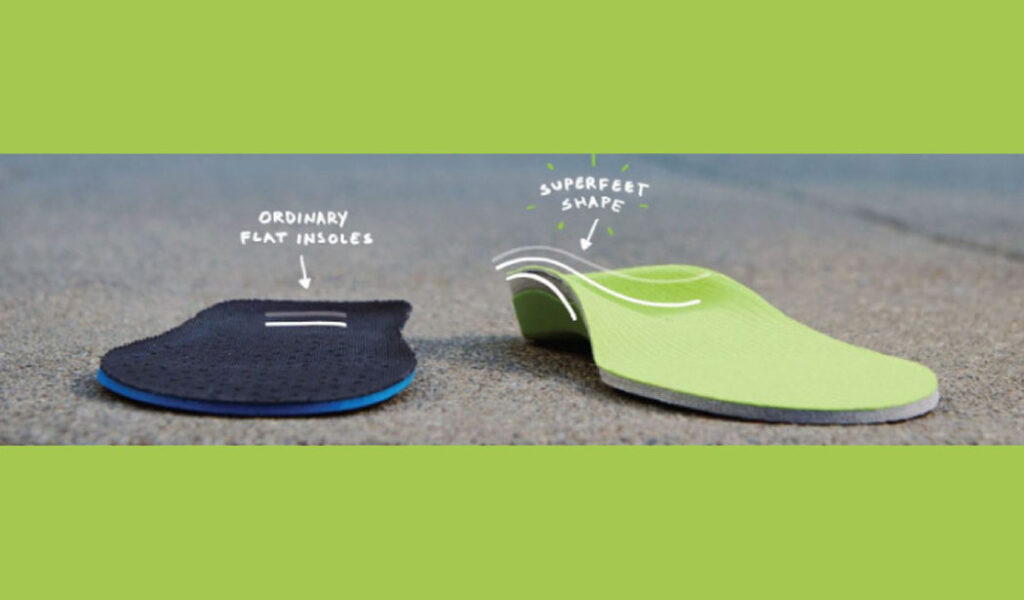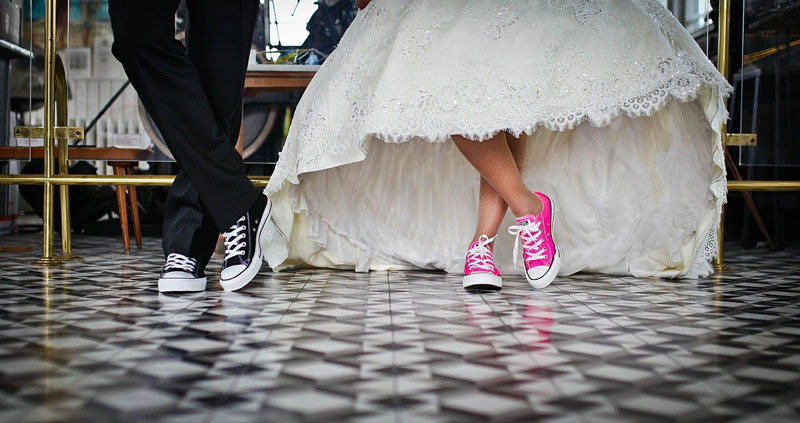Which Running Shoes are the Best for You?
Ever wonder if you are wearing the right kind of running shoe? If you are a dedicated or professional runner you have probably already researched the topic and know exactly what type of shoe will help to give you the most miles and the best speed along with the proper support. But many of us who run for enjoyment or simply use our running shoes as a workout or walking shoe don’t know which type will benefit us the most. So how do you choose the right running shoe?
First let’s note one important feature that should be consistent in all running or workout shoes. The outsole of the shoe (the bottom) should not be too flexible. A good test is to see if you can bend the shoe in the middle or twist the shoe (in a motion as if you were ringing out a dish rag.) Shoes that are too soft, squishy, bendy, and flexible can lead to instability while walking, running, or doing other types of workouts. You want a shoe with a firm bottom. It can still be a cushioned bottom and provide good shock absorption, but it should be a firm cushion that will provide support and not squish down.
Your Arch Type is an Important Factor
Being aware of your arch type is a great benefit to you in picking out the best running shoe. A flexible foot needs a different shoe than a flat foot or a high arched foot. There are different running shoes for those who over-pronate or over-supinate and if you are in the wrong shoe it can have an adverse effect on your gait cycle (the process of walking.) If you have too much or too little support it can cause misalignment with of the tibia and fibula, which in turn can affect the alignment body all the way up the chain. Needless to say, choosing the right shoe is important!
There are three main categories of running shoes: neutral, stability, and motion control. Which one is the best for you? Continue reading to find out.
Stability Shoes
Stability shoes have some posting on the medial side of the shoe, made of firmer materials than the rest of the outsole. Many brands put indicators (colors or lines) on the medial area to indicate that it is a stability shoe. Stability shoes are designed to provide extra support for those who overpronate and have a range of motion in their foot that is greater than normal. They allow for better weight distribution during heel-to-toe strike which causes better alignment of the tibia and fibula, promoting better structural support. Some people like the feel of a firmer shoe with the added support on the medial portion. (The New Balance 860, which is pictured above, is an excellent stability shoe for running, walking, or other athletic activity.)
Neutral Shoes
“Neutral” is a simple way to indicate that the amount of support is the same on both the medial and lateral sides of the outsole. These are usually the most cushioned type of running shoes and can be found with different levels of firmness and cushioning. There are many reasons to choose a neutrally cushioned running shoe.
If you have a high arch, then you will probably always want to go with a neutral shoe. High arches tend to have the greatest amount of impact on the lateral side of the foot, therefore using a neutral running shoe will allow to foot to transition pressure to the medial side of the foot. When you have a high arch, the foot is structured, and the neutral cushion of the shoe will add the needed shock-absorption for high impact activities. Neutral cushioning is also a good option for those who have a normal arch or those who use the shoes with an orthotic during high impact activities.
The New Balance 1080 is an excellent neutral running shoe. Another great option is the New Balance 840, which has more depth inside the shoe and is a good fit for a fuller foot.
Motion Control
The motion control shoe is designed for the severe overpronator who has excessive motion in the foot. This shoe will control the motion in the foot and prevent it from pronating too much. There is a large amount of very firm medial posting which will help prevent the ankle from rolling too much and promote better alignment during a run or a workout. The purpose of a motion control shoe is to position the foot in neutral alignment during the gait cycle (walking).
An example of a good motion control shoe is the New Balance 1540. This shoe should generally be worn by someone with an extremely flat or hypermobile foot. The stiffness and extra support will help to promote alignment and minimize the possibility of injury due to hypermobility. Those with high arches should avoid this type of shoe as it will cause additional pressure on the lateral side of foot and may contribute to injury in the structured foot.
Adding Insoles for Support
Depending on your foot type, insoles can add a great benefit to a good running shoe. They promote structural health and alignment and can also add comfort and reduce foot fatigue. The can also promote better timing in the gait cycle by repositioning the foot in the shoe. It is important to choose your insole or orthotic according to your arch type, visiting the Insole Advisor is a good place to get some advice on which insole is right for you.
Some people need custom insoles and others find a premade brand that gives them support they need. A consideration of “Do You Need Custom Insoles?” may help you decide what is best for you.
More considerations in how to choose the right running shoe
These are some basic considerations for how to choose the right running shoe. For the more experienced runners, heel-to-toe (HTT) drop is also important because it can change the impact load to encourage a stronger strike in the mid-foot or the heel. This has been an important issue since the barefoot running and minimalist movement and deserves a whole post of it’s own, so we will save that discussion for a later date.
Now that you know a little bit more about how to choose the right running shoe you are ready to start the search for your perfect shoe. Happy running!




